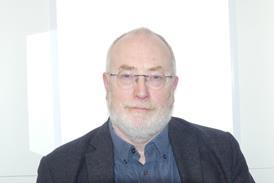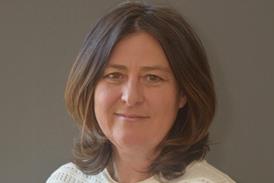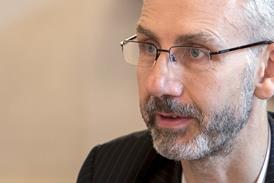Essential insight into England’s biggest health economy, by Ben Clover
Either end of the District Line
Cancer diagnosis in an accident and emergency department is one of the more nightmarish things that can happen to you in the NHS.
Nationally, 20 per cent of all malignant cancer diagnoses are diagnosed as an emergency – which is not a ringing endorsement of the system’s ability to pick these things up in good time.
As Public Health England puts it: “Diagnosis via an emergency presentation is associated with substantially worse short term survival outcomes. An indicator on the proportion of cancers diagnosed via an emergency presentation is therefore a useful proxy for assessing improvements in cancer survival rates.”
Would you be surprised, reader, to learn that there are significant variations from borough to borough in London in how many people this happens to?
At one end of the District Line is leafy, not very deprived Richmond – percentage of cancer diagnoses as an emergency: 16.4 per cent.
At the other end of the green line, not very leafy, deprived Barking and Dagenham – percentage of cancer diagnoses as an emergency: 27.6 per cent.
It’s a stark variation but perhaps not entirely unexpected.
Basildon and Brentwood, as well as Newham, also have a percentage of 27 per cent.
The data from PHE is all from quarter three of 2015-16.
But what is a surprise is Kingston.
Next door to Richmond and only a little less leafy, Kingston records a rate of 31.5 per cent, up from 22 per cent in the previous quarter.
Readers who want to help me understand these disparities are encouraged to email (not looking to quote anyone) at ben.clover@emap.com
Imperial and Commonwealth
The chief executive of Imperial College Healthcare Trust Tracey Batten recently announced her departure from the trust.
In a letter to staff, she said she would be returning to Australia to be closer to her parents.
Dr Batten has led the north west London giant for almost three years and HSJ fielded angry comments from some readers, including the chief executive of the trust’s charity, for including details of the trust’s subpar performance on three different metrics in our write up.
Other comments expressed a range of opinions from the impossibility of running the £1bn-turnover organisation to reconfiguration issues outside her control in this London patch.
More than one commenter mentioned problems on the referral to treatment times front, and with 400 year plus waiters the trust is responsible for a large proportion of the national problem.
One anonymous commenter who claims to have worked at the trust agreed with others that Dr Batten had commanded the “respect of senior leaders” but “had to contend with significant turnover at board level, most no doing of hers”.
Chair Sir Richard Sykes and his team will now have to appoint a successor. Sir Richard had, for a period after the departure of the last substantive chief executive Mark Davies, been one of three co-chief executives – including then finance director Bill Shields and medical director Nick Cheshire.
The vacancy brings the number of big trusts needing a substantive leader in the capital to two.
St George’s University Healthcare Foundation Trust is still led by medical director Simon Mackenzie on an interim basis (for a short time last year, Paula Vasco-Knight, who last week pleaded guilty to fraud, was leading the south London acute).



























No comments yet